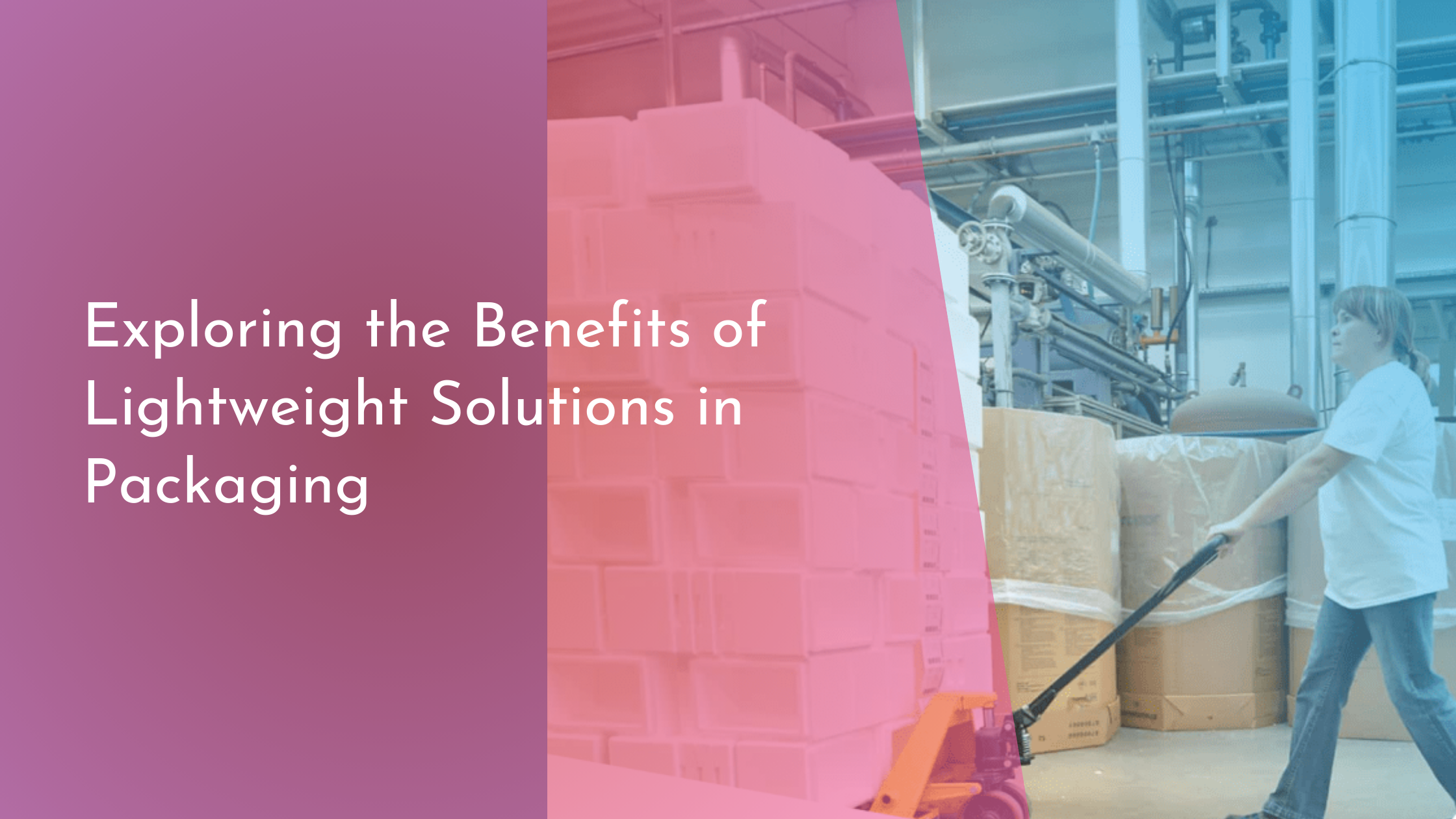Exploring the Benefits of Lightweight Solutions in Packaging
In the ever-evolving world of packaging, there’s a growing trend that is capturing the attention of businesses and consumers alike: lightweight solutions. As industries strive to meet consumer demands while also taking care of the environment, lightweight packaging is emerging as a brilliant solution. By utilizing materials that reduce weight without sacrificing strength or functionality, companies are discovering numerous benefits that extend beyond just aesthetics. This article explores the different aspects of lightweight packaging, from its environmental perks to its economic advantages, and even the innovative designs that are making waves in the industry.
Understanding the Shift to Lightweight Packaging
The shift towards lightweight packaging is largely driven by the need for sustainability and efficiency. Traditional packaging methods often involve heavy materials that are not only costly but also have a significant environmental impact. As awareness of environmental issues grows, both consumers and companies are reevaluating their packaging choices. Lightweight packaging offers a promising alternative, allowing businesses to reduce their carbon footprint while maintaining the integrity of their products.
Moreover, lightweight packaging caters to the modern demand for convenience. In today’s fast-paced world, consumers are looking for products that are easy to carry and transport. Lightweight materials make this possible, enhancing the user experience while also cutting down on transportation costs. The increased efficiency in logistics and supply chains further propels the popularity of lightweight solutions, as they streamline processes and make operations more cost-effective.
Environmental Advantages of Lightweight Materials
One of the most significant benefits of lightweight packaging is its positive impact on the environment. By using less material overall, these solutions help reduce waste and conserve resources. Many lightweight packaging options are also recyclable, which means they can be reprocessed and reused, reducing their presence in landfills. This sustainability factor not only helps in conserving natural resources but also aligns with the growing consumer preference for eco-conscious products.
In addition to reducing waste, lightweight packaging contributes to lower carbon emissions during transportation. Lighter packages require less energy to transport, leading to significant reductions in greenhouse gas emissions. This is crucial in the fight against climate change, as it helps industries minimize their environmental impact while still meeting their logistical needs. By adopting lightweight packaging, companies can demonstrate their commitment to environmental stewardship, appealing to eco-conscious consumers and stakeholders.
Economic Benefits for Businesses and Consumers
Lightweight packaging offers numerous economic benefits, making it an attractive option for businesses looking to cut costs. By reducing the amount of material used, companies can lower production expenses. This cost-saving aspect is particularly appealing in industries where packaging represents a significant portion of overall expenses. Furthermore, the reduction in weight translates to lower shipping and handling costs, as transportation fees are often calculated based on weight.
For consumers, these cost savings can lead to lower prices on the shelves. As businesses pass on their savings, shoppers can enjoy more affordable products without compromising on quality. Additionally, lightweight packaging often results in more compact designs, which can improve storage efficiency and ease of use for consumers. This dual benefit of cost and convenience makes lightweight packaging a win-win solution for both businesses and their customers.
Innovative Approaches in Lightweight Packaging Design
Innovation is at the heart of the lightweight packaging movement, as companies experiment with new materials and designs to achieve the perfect balance between weight and functionality. One notable approach is the use of advanced polymers and bio-based materials that offer strength and resilience while being significantly lighter than traditional materials. These innovations not only enhance performance but also open up new possibilities for creative packaging designs that stand out on the shelves.
Moreover, the incorporation of technology into lightweight packaging design is leading to exciting developments. Smart packaging solutions, such as those with QR codes or NFC technology, can provide consumers with additional information about the product, enhancing engagement and interaction. As designers continue to push the boundaries of what is possible with lightweight materials, we can expect to see even more inventive and sustainable packaging solutions in the future.
The transition to lightweight packaging is more than just a trend; it is a significant movement towards sustainability, economic efficiency, and innovation. As businesses seek to meet the demands of environmentally conscious consumers and reduce operational costs, lightweight solutions offer a practical and effective way forward. With continued advancements in material science and design, the potential for groundbreaking packaging solutions is limitless. By embracing these lightweight innovations, industries can not only enhance their environmental credentials but also create a brighter, more efficient future for both businesses and consumers.

